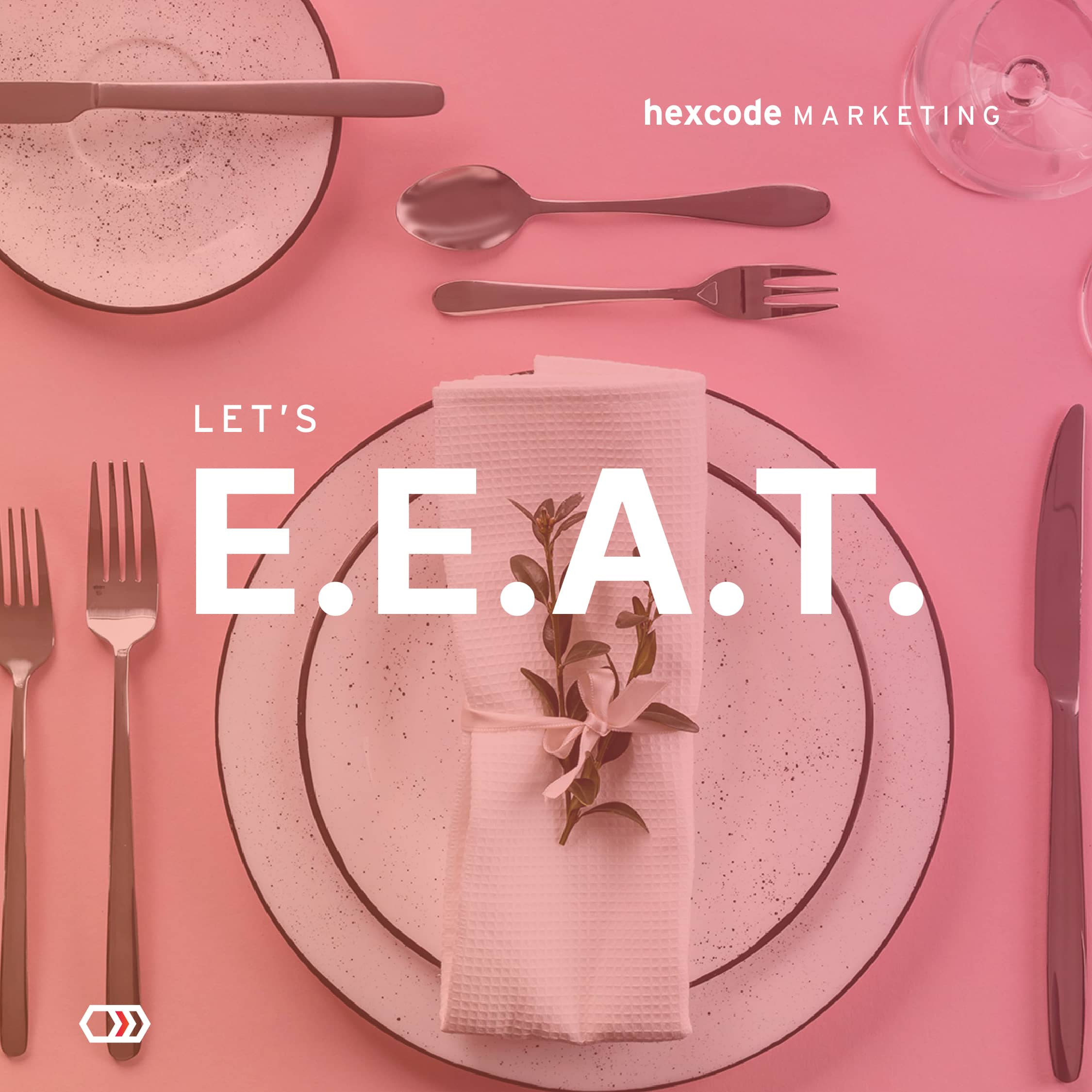When it comes to marketing, there are a lot of acronyms. SEO (Search Engine Optimization) SEM (Search Engine Marketing), SERP (Search Engine Results Page), and so much more. But one of the most important, especially for your SEO ranking is EEAT (Experience, Expertise, Authoritativeness, and Trustworthiness). This is what Google uses to rank quality content in their QRG (Quality Ranking Generator). In 2018, Google started using EAT (no experience), to reward pages that had quality content. In December of 2022, they added the second “E” to show that the author of the content needed to have experience in the topic they were writing about. So let’s break down Google’s E-E-A-T and see exactly what they are looking for.
To start, E-E-A-T is part of Google’s Search Quality Rater Guidelines. This is a handbook that real people use to evaluate the quality of search results. These people help Google measure the success of its algorithm updates, and while they say E-E-A-T is not a direct Google ranking factor, it will serve results with strong E-E-A-T, so it’s a good idea to make it an important part of your SEO strategy.
The first E is Experience- If I’m writing a blog about sailing a boat, but I’ve never sailed and don’t have experience, Google will think my blog is less relevant than someone who can talk about their experience and show pictures of themselves on a boat. Google’s goal is to get the most relevant information to their users. This means your website needs to show your experience in your industry.
The second E is Expertise- Google wants authors to have topical expertise, meaning they have the credentials and knowledge about the topics. While experience and expertise can overlap, they are not the same. If I’ve sailed a boat one time, I have experience, but I’m not an expert. If I’ve won multiple sailing competitions, then I have experience, AND I’m an expert on the topic.
The A is Authoritativeness- This measures the reputation in your industry and how accurate your content is. If you are searching for an article on a sore throat, an article from WebMD will show as authoritative because it is well-known for publishing accurate medical advice, the authors and contributors are professionals in the health industry, and they have their content checked for accuracy. So, if your website has accurate relevant information, and people know you and trust you, your website will be a good source of information. Backlinks are also a good way to increase your authority with Google.
The final course in what Google E-E-A-T-s is the T. In our opinion, this is the most important. The T is for trustworthiness. Google’s quality rates look at the creator, content, and website when rating the trustworthiness of a site. Is your content factual? Is it clear who wrote the content? Do you cite trustworthy sources? If you’re an e-commerce site, is your checkout page secure? If it’s not Google will rate your site as untrustworthy and you’ll fall in the SERP. You also don’t want your website to be hidden behind a wall of ads. We understand you want people to sign up for all of your communications, but if users have to constantly pop-ups, Google will think your site is spam and not trustworthy.
Google prioritizes its user experience, and customer service just like you do in your business. That’s why they want to show the most relevant, factual, and trustworthy information when people search on Google. They are placing more significance on genuine content that comes from someone with actual experience in the topic they’re writing about. So if you want Google to put your page on the top of the search results like the cherry on top of a sundae, you need to align with their E-E-A-T principles.
If you need help optimizing your brand for E-E-A-T, Hexcode Marketing can help. Our 100% in-house team is here and ready to help you take your website content, social media, and brand to the next level. Reach out today and find out how we can help.













